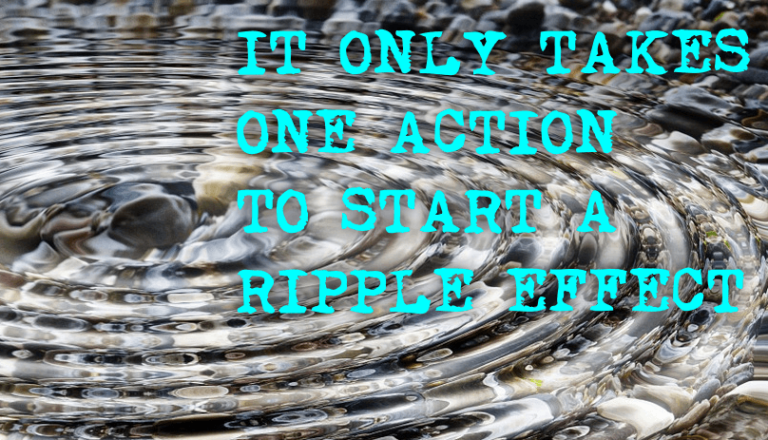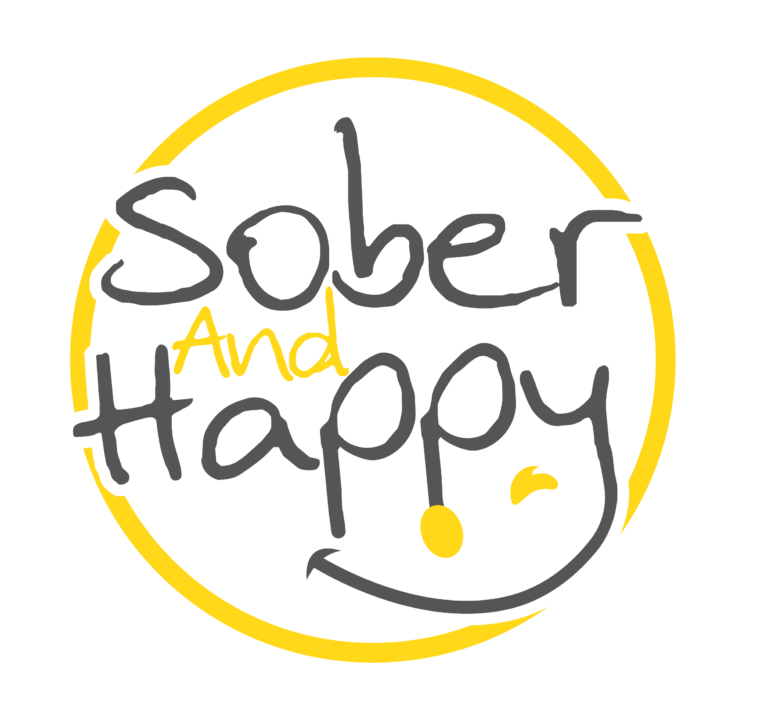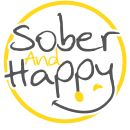

Tim Phillips
I love sharing my journey from being hopeless, to getting sober, to learning how to eventually be both sober and happy. to learning how to eventually be both sober and happy.

Have you ever justified a questionable habit by saying, “At least I’m not drinking”? You’re not alone. In early sobriety, I might as well have had a bumper sticker with that phrase.
But as I progressed, I realized this mindset might be holding me back. Addiction can pop up in unexpected ways, much like a relentless game of whack-a-mole. While we might beat one mole, others surface, waiting for their turn.
How can we stop playing the game and start building a life of lasting sobriety?
Addiction doesn’t always disappear when you stop drinking. It often shifts into new behaviors or habits, a phenomenon known as cross-addiction.
Picture playing whack-a-mole at the arcade. You hit one mole, and another pops up. If we are only treating our addictions at the surface, cross-addictions will pop-up like the moles in the game. If you’re not vigilant, new problems pop up faster than you can manage them.
Addiction isn’t just about substances; it’s about underlying patterns of behavior. When we remove one addiction without addressing the root causes, another behavior often takes its place.
Negative habits often lead to feelings of shame, guilt, or resentment—the same emotions that fueled your drinking. If left unchecked, these habits can spiral back into addiction as you seek to escape these emotions.
Cross-addiction is a common challenge, but it doesn’t have to derail your recovery. By recognizing unhealthy habits, addressing their root causes, and replacing them with positive coping mechanisms, you can break the cycle.
Are you ready to stop playing the game and start building a healthier, more fulfilling life? Take time this week to reflect on your habits. Identify one that might be holding you back and take a small step toward changing it.
For more insights and strategies, listen to the full podcast episode.

I love sharing my journey from being hopeless, to getting sober, to learning how to eventually be both sober and happy. to learning how to eventually be both sober and happy.




Join our mailing list to receive the latest news and updates from our team.






Copyright © 2023 by Sober and Happy. All rights reserved.

Join our mailing list to receive the latest news and updates from our team.